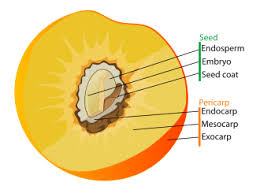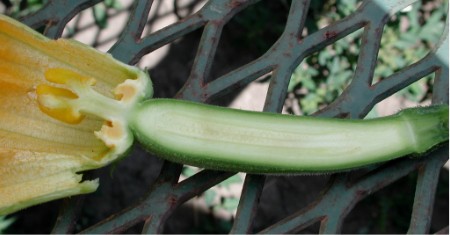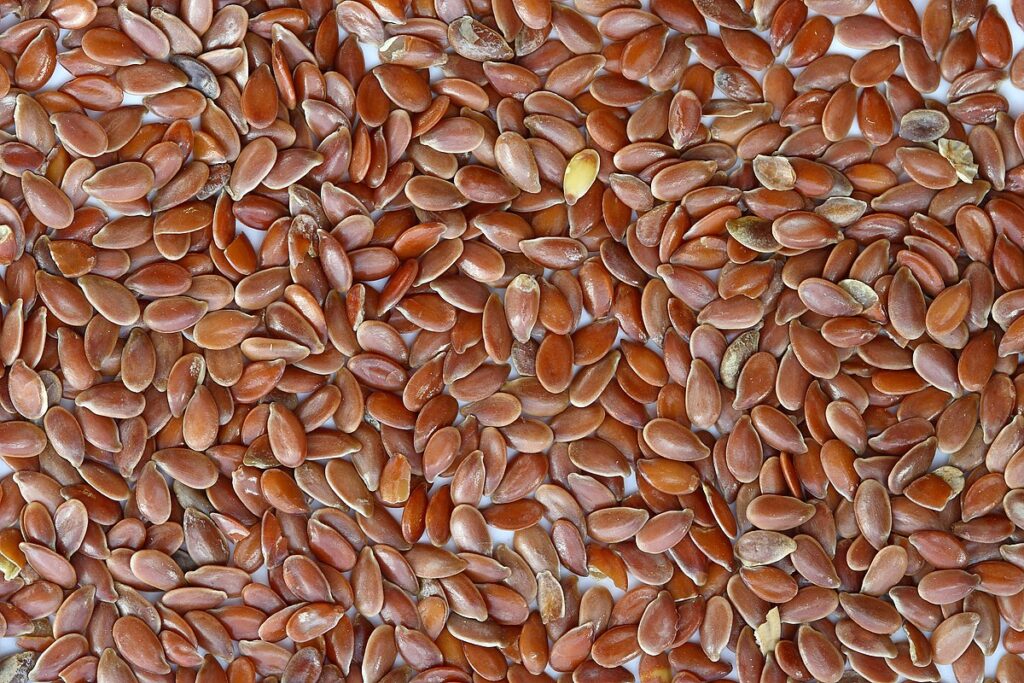Introduction
Fruits are a attractive way of nature to provide us flavor, nutrition, and a burst of freshness. They have different sizes, forms, and colors, and each one has a special structure and collection of components that go into making up its overall form and functionality.
For those who are interested in botany, gardening, or healthy eating, knowing the components of a fruit is not only interesting but also necessary. We shall examine the essential components of a fruit, their purposes, and some charming details about them.
What is fruit?
It’s critical to understand what a fruit is before delving into its many sections. According to botany, a fruit is a flowering plant’s mature ovary, which normally contains seeds. After pollination, the fertilized ovary produces fruits, which are crucial to the plant’s ability to reproduce. They have the function of safeguarding seeds and supporting in their dispersal, ensuring the continuation of the plant species.
Main Parts of a Fruit
1. Exocarp (skin)
The outermost covering of the fruit is called the exocarp, sometimes referred to as the skin or peel. It acts as a barrier to keep out external elements like diseases, pests, and physical harm. Depending on the kind of fruit, the texture, thickness, and color of the exocarp might differ significantly. For instance, an orange’s exocarp is thick and rough, whereas an apple’s is smooth and comparatively thin. The exocarp is typically thrown away in certain fruits, while it is edible in others.

2. Mesocarp (Flesh)
The main layer of the fruit, sometimes known as the flesh, is called the mesocarp. This portion, which is high in water, carbohydrates, and nutrients, is usually the most juicy and delicious. The mesocarp of a fruit varies greatly from fruit to fruit; in a peach, for instance, it is moist and soft, but in a coconut, it is fibrous and less moist. What we eat and appreciate most in fruits like melons, peaches, and mangoes is the mesocarp.

3. Endocarp (Inner Layer)
The endocarp, which encircles the seeds directly, is the fruit’s innermost layer. As in the case of peaches, cherries, and olives, the endocarp of many fruits is rocky and hard, generating what is generally referred to as the pit or stone. Other fruits, like apples and pears, have a less defined and more papery endocarp that forms the core It holds the seeds. The endocarp’s structure is essential for safeguarding the seeds and facilitating their eventual propagation.
5. Seeds
Fruits reproduce through their seeds, which are also the reason they exist in the first place. Subsequent to fertilization, seeds grow inside the flower’s ovary, and as the fruit ages, the seeds are enclosed within it. The genetic material required to create a new plant is present in the seeds. A fruit may have several seeds, like in a watermelon, or just one seed, like in an avocado. Seeds play an essential function in the propagation of plant species.

5. Pericarp
Exocarp, mesocarp, and endocarp are the three layers collectively referred to as pericarp. Depending on the kind of fruit, the pericarp—the portion that grows from the ovary wall—has a different structure. The pericarp of fleshy fruits, such as drupes and berries, is tasty and delicate. In dry fruits like grains and nuts, the pericarp is usually tough and shielding.
6. Complementary Components
Certain fruits may have extra components that are not ovary-derived but are even so a part of the fruit’s composition. We refer to these as supplementary parts. For example, the edible portion of strawberries comes from the flower’s receptacle rather than the ovary. Similar to this, the flesh around the core of an apple comes from various parts of the flower, but the core is the real fruit.
Why It’s Important to Understand Fruit Structure?
Comprehending the components of a fruit is not only interesting but also useful for several reasons:
Agriculture and gardening: Fruit structure aids in determining when a fruit is ripe and ready to be harvested.
Culinary purposes: Fruits can have a variety of culinary purposes for their various components. For instance, citrus fruits’ peels are frequently used as a passion.
Health and Nutrition: Making healthier food choices can be aided by knowing which fruit sections are edible and healthy